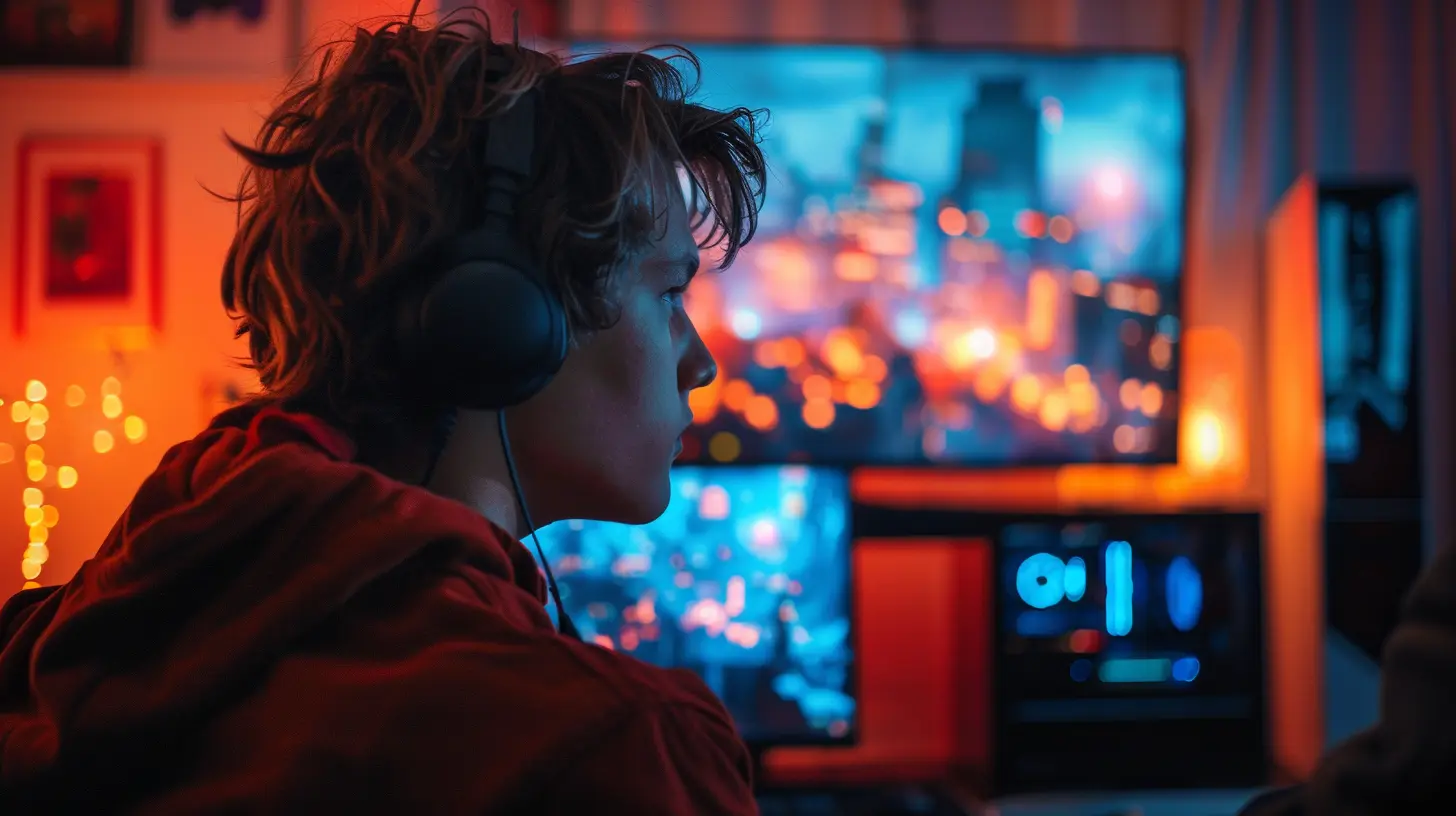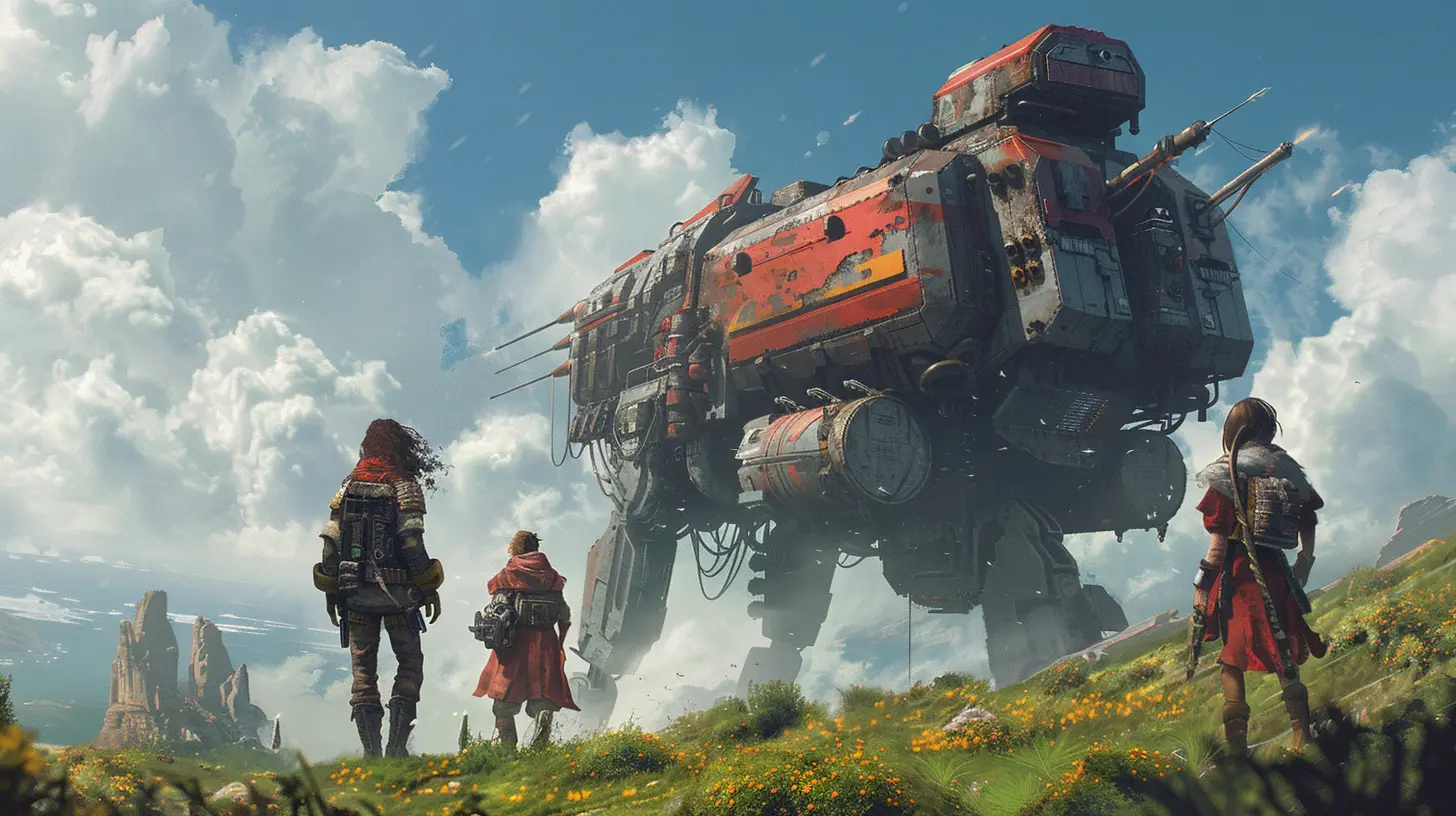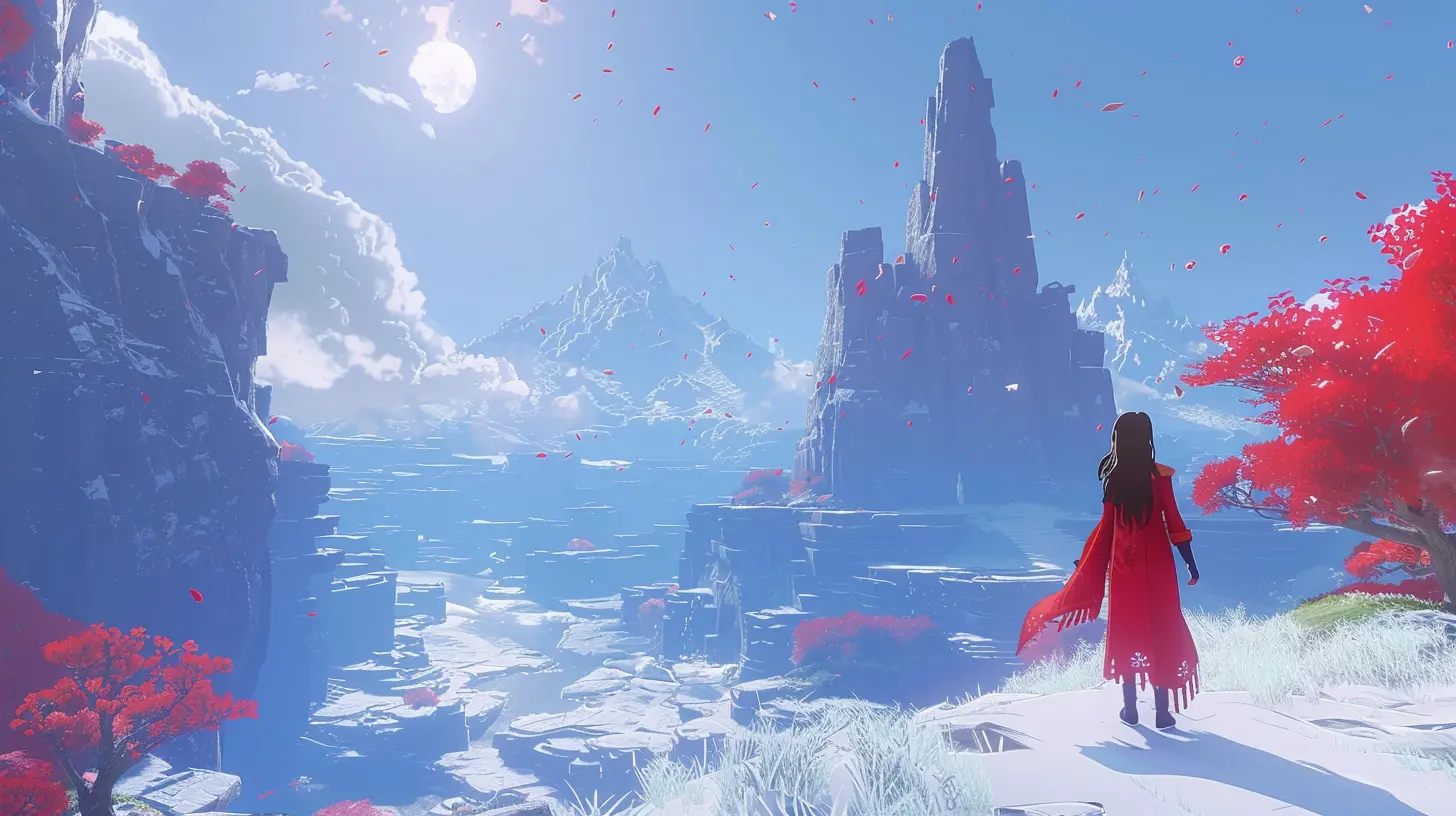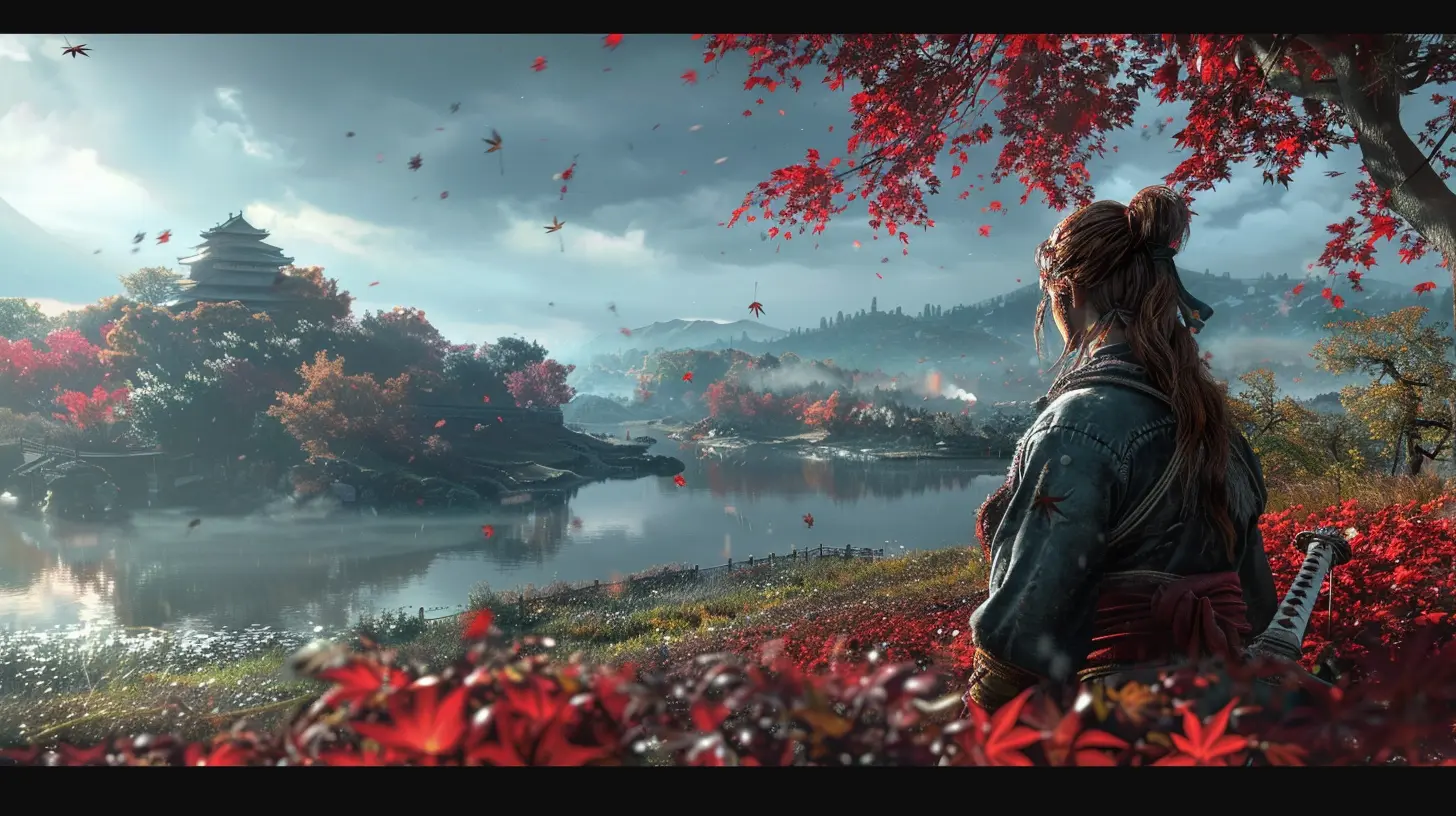Why Some Betas Feel Better Than Full Releases
5 October 2025
If you're a gamer, chances are you've been there—excitedly downloading a beta release, only to find yourself more hooked during that early, supposedly "unfinished" version than when the final game finally drops. Weird, right? But you're not alone. It happens more often than you'd think.
So, why is it that some betas just hit differently? Why do they sometimes feel more polished, more engaging, and frankly, more fun than the full launch? Let’s dive into the magic (and sometimes misery) of game betas and break down this phenomenon.

What’s a Beta Anyway?
Before we get too deep, let’s clarify what a beta is.A beta version of a game is typically a pre-release build made available to a limited audience or the public. It's a test run—developers use it to gather feedback, fix bugs, balance gameplay, and optimize performance. Think of it like a dress rehearsal before the big show.
Beta releases usually come in two flavors:
- Closed Beta: Only select players get invited.
- Open Beta: Anyone can join in the fun.
Seems simple enough, right? But here’s where things get interesting.

That First-Time Spark: The "Freshness Factor"
One of the biggest reasons betas feel so good? The freshness factor.Much like the thrill of opening a mysterious loot box, playing a beta feels like you're part of something new. Everything is uncharted territory. No metas, no walkthroughs, no try-hard tactics—just you and the game, figuring it out together.
It’s kind of like the honeymoon phase in a relationship. It hasn’t been tainted by bugs (yet), burnout, or burnout-inducing battle passes. There’s a raw excitement in the air that’s hard to replicate.

Lower Expectations, Higher Enjoyment
Let’s be honest: when you boot up a beta, you’re not expecting perfection. You know there might be bugs, delay issues, or missing features. This mindset ironically boosts your enjoyment. You’re more forgiving, more patient, and more focused on fun rather than “Is this worth $60?”Compare that to full releases, where expectations are sky-high. Gamers expect a finished, polished experience—and when it's not flawless, backlash hits hard.
In a beta, anything that works well feels like a bonus. In a full release, anything less than perfect feels like a failure.

Simpler Systems, Smoother Fun
In betas, you'll often find that systems are more stripped-down. The economy is simpler, the UI isn’t cluttered with microtransactions, and there’s usually no in-game store (yet). It feels like the developers are focused purely on the gameplay.This simplicity translates into a more streamlined experience. You drop in, start playing, and enjoy it for what it is. No bloated skill trees. No 25 currencies. No seasonal pass FOMO breathing down your neck.
It’s just... fun.
Developers Are Listening (And It Shows)
During beta phases, game devs tend to be super active in gathering feedback. They’re on forums, checking Reddit, scouring Twitter (or X, whatever we’re calling it now). Updates roll out fast, and players feel heard.There’s something special about that collaborative stage between devs and players. You’re giving feedback, seeing it implemented, and watching your suggestions turn into real changes. It creates this “we’re building this together” vibe.
But once the game fully launches? That communication sometimes dries up. Devs shift from engaging mode to maintenance mode, and that community spark can flicker out.
Performance Peaks in Betas?
Believe it or not, some betas actually run better than the full game. How? Well, betas are often limited in scope. Smaller maps, fewer features, and capped player counts mean the servers don’t get overwhelmed—yet.Once the full game is out and the floodgates open, that tight performance can crumble under pressure. Suddenly, everyone's playing, the servers are straining, and performance takes a nosedive.
You might find yourself thinking, “Why did the beta run better than this?”
Content Overload in Full Releases
Here’s another truth bomb: more content doesn’t always mean more fun.Full releases often try to pack in everything—modes, side quests, cosmetics, collectibles, events, and then some. While this sounds great on paper, it can actually backfire.
Overwhelming menus, convoluted systems, and a never-ending checklist of stuff to do can kill the spark. In contrast, betas usually focus on just a few key modes or features, and that sharp focus often results in a tighter, more enjoyable core experience.
It’s like going to a buffet and filling up on appetizers. By the time the main course lands, you're already stuffed.
Community Vibes Are Stronger
Betas tend to attract hardcore fans, curious newcomers, and people genuinely interested in the game—not just those chasing free cosmetics or XP boosts.What you get is a smaller, more passionate community. There’s less toxicity, more collaboration, and a shared sense of curiosity.
Once the full game drops, the wider player base shows up, and the tone can shift dramatically. Trolls join in, meta-chasers dominate, and that cozy community vibe can get drowned out.
Fear of Missing Out (FOMO) Isn’t There Yet
Let’s talk about FOMO. These days, full games launch with battle passes, daily challenges, limited-time events, and season-exclusive gear. Miss a day? Too bad. Fall behind? Better grind harder.In a beta? None of that exists yet. You just play because it’s fun. You explore the game, not because some artificial timer is pushing you, but because you genuinely want to.
It feels oddly liberating. There’s no pressure, no deadline, and no anxiety. Just good old-fashioned gaming.
Feedback-Driven Gameplay > Monetization-Driven Design
This one stings a bit, but it’s true.During the beta phase, the game is being shaped by player feedback. After launch, the priority can shift toward player spending.
Suddenly, that awesome skin you loved? It’s $20. That cool progression tree? Now there’s a paywall. The store starts to expand, deals pop up on the home screen, and monetization takes the wheel.
It’s a classic case of “fun first, business later.” Unfortunately, players can feel that shift, and it shows in the experience.
It's All About the Moment
Betas can sometimes feel like limited-time magic. Players know it won’t last forever, and that creates a rare sense of urgency and excitement.You’re part of a small group experiencing something before the rest of the world. It’s exclusive. It’s intimate. You feel like you’re in on a secret. And that feeling? It’s hard to replicate once the game is out in the wild and everyone’s playing it.
Think of it like watching a sneak preview of a movie with a small crowd of fans—it just hits different compared to a sold-out public screening.
So... Are Full Releases Always Worse?
Not always. Sometimes full releases truly build on the foundation set by the beta. They polish the rough edges, add meaningful content, and deliver on the promise. But the truth is, that doesn’t always happen.The shift from beta to full release often brings changes that unintentionally dilute what made the game fun in the first place. Whether it’s monetization, balance changes, or overwhelming systems, the magic can sometimes fade.
That said, we shouldn’t romanticize all betas either. Some are a mess. Crashes, crashes, and oh yeah—more crashes. But when a beta nails it? Man, it can be pure gold.
Final Thoughts: Chasing That Beta High
In the end, the reason some betas feel better than full releases boils down to simplicity, community, and expectation.Betas are like the raw demo tape of your favorite band—sometimes rough, sometimes buggy, but full of heart. Full releases are the polished album. Better in some ways, but maybe missing that gritty charm.
As gamers, maybe it’s time we stop asking why full releases don’t always live up to betas—and start looking at how we can keep that beta energy alive in the long run.
Whether that means devs keep that open line of feedback, avoid overwhelming us with systems, or hold back on monetization—what matters is preserving the heart of the game.
Because that’s what we really fall in love with, beta or not.
all images in this post were generated using AI tools
Category:
Game Beta TestingAuthor:

Aurora Sharpe
Discussion
rate this article
1 comments
Kyle Long
Great article! It’s fascinating how betas often capture that raw, unpolished magic that can fade in full releases. They offer a sense of community and discovery that’s hard to replicate. Can’t wait for your next post!
October 10, 2025 at 4:45 AM


